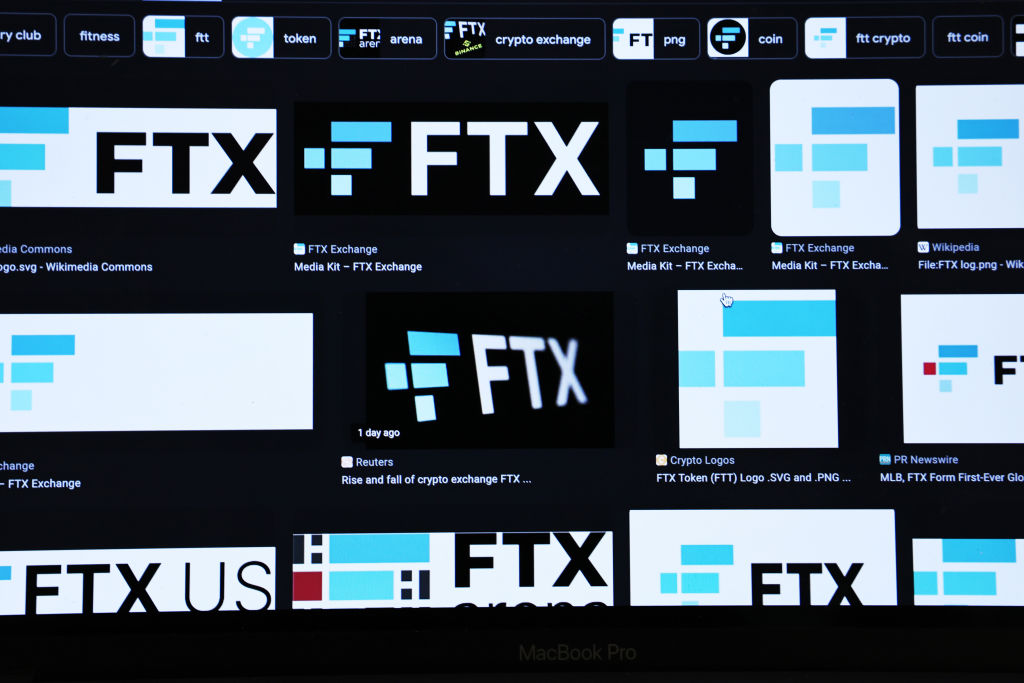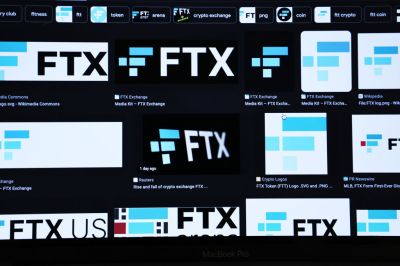FTX, one of the world’s largest cryptocurrency exchanges, declared bankruptcy on Friday after last week’s revelations that it used billions of dollars in customer assets to bankroll the risky investments of an associated trading firm. That firm, Alameda Research, was founded by Sam Bankman-Fried, the 30-year-old founder and CEO of FTX who resigned Friday.
Just months ago, Bankman-Fried was a billionaire, major political donor, aspiring philanthropist, and media darling. This week, his net worth crumbled to zero, a stunning drop that has drawn comparisons to the fall of Theranos CEO Elizabeth Holmes in 2016. How did it all come apart?
Who is Sam Bankman-Fried and what is FTX?
The son of two Stanford Law professors, Bankman-Fried—often referred to as “SBF”—is a proponent of “effective altruism,” a utilitarian approach to philanthropy: He claimed to want to earn as much money as possible and then give almost all of it all away to effective causes.
After graduating from MIT, he worked for a proprietary trading firm before founding Alameda Research in 2017 and FTX in 2019.
FTX is a cryptocurrency exchange, a bank-like institution where users can buy and sell crypto tokens. One of those tokens is FTT, the “native token” of the FTX platform used for things like transaction fees (which was one of the main ways FTX made a profit).
Alameda Research, the other SBF-founded entity, is a trading firm more analogous to a hedge fund, that sought to capitalize on volatility in the crypto market.
What did FTX do wrong?
On November 2, the crypto publication CoinDesk reported that an unusually large proportion of Alameda’s assets were held in FTT.
“While there is nothing per se untoward or wrong about that, it shows Bankman-Fried’s trading giant Alameda rests on a foundation largely made up of a coin that a sister company invented, not an independent asset like a fiat currency or another crypto,” Ian Allison, the CoinDesk reporter, wrote.
Following the report, the head of Binance—the largest crypto exchange in the world—announced on Twitter that, “due to recent revelations that have come to light,” his firm would “liquidate any remaining FTT on our books.”
That spooked FTX account holders, who rushed to withdraw their holdings—a modern bank run—only to find that FTX didn’t have the cash to cover what customers were withdrawing. FTX had lent Alameda more than half of the $16 billion in customer assets it had, the Wall Street Journal reported.
It briefly appeared that FTX had a parachute: Binance indicated on Tuesday it had reached an agreement to buy FTX, absorbing the losses and keeping the exchange afloat. But a day later it backed out. “Our hope was to be able to support FTX’s customers to provide liquidity, but the issues are beyond our control or ability to help,” the company said. Bankman-Fried’s subsequent efforts to find enough money to salvage his business came up short, paving the way for Friday’s announcements of the company’s bankruptcy and his resignation.
What comes next?
For people who don’t hold FTX accounts or large amounts of other crypto assets, the collapse of the exchange won’t directly impact their day-to-day lives. But it reflects tough times for crypto.
“Especially during a time where people are thinking about how they are going to afford their grocery, gas, rent, and utility bills, the last thing they are thinking about is investing in speculative asset classes like Bitcoin and crypto,” said Luke Lloyd, a wealth adviser and investment strategist at Strategic Wealth Partners. “The crypto markets might be dead money for the foreseeable future until people can get back on their feet and trust is rebuilt within the crypto space.”
But that trust may be difficult to rebuild. FTX is now under investigation by the Justice Department and the Securities and Exchange Commission, and the SEC is also investigating Binance as part of a broader crackdown on crypto exchanges selling what the agency says are unregistered securities.
Bankman-Fried was seen as one of the most stable, regulation-friendly actors in the crypto industry. The irony is that his fall—which was worsened by the absence of safeguards akin to the Federal Deposit Insurance Commission—could spur renewed interest in crypto among policymakers and regulators. Were FTX and other crypto exchanges regulated like security brokers—as some have argued they should—they’d be required to keep customer assets segregated from other operating assets. In other words, FTX customers looking to withdraw their funds this week would have been able to do so because FTX wouldn’t have been able to use them to prop up Alameda.
The collapse of FTX has also roiled the effective altruism movement championed by Bankman-Fried: The Future Fund of the FTX Foundation closed without being able to pay out promised grants.






Please note that we at The Dispatch hold ourselves, our work, and our commenters to a higher standard than other places on the internet. We welcome comments that foster genuine debate or discussion—including comments critical of us or our work—but responses that include ad hominem attacks on fellow Dispatch members or are intended to stoke fear and anger may be moderated.
With your membership, you only have the ability to comment on The Morning Dispatch articles. Consider upgrading to join the conversation everywhere.